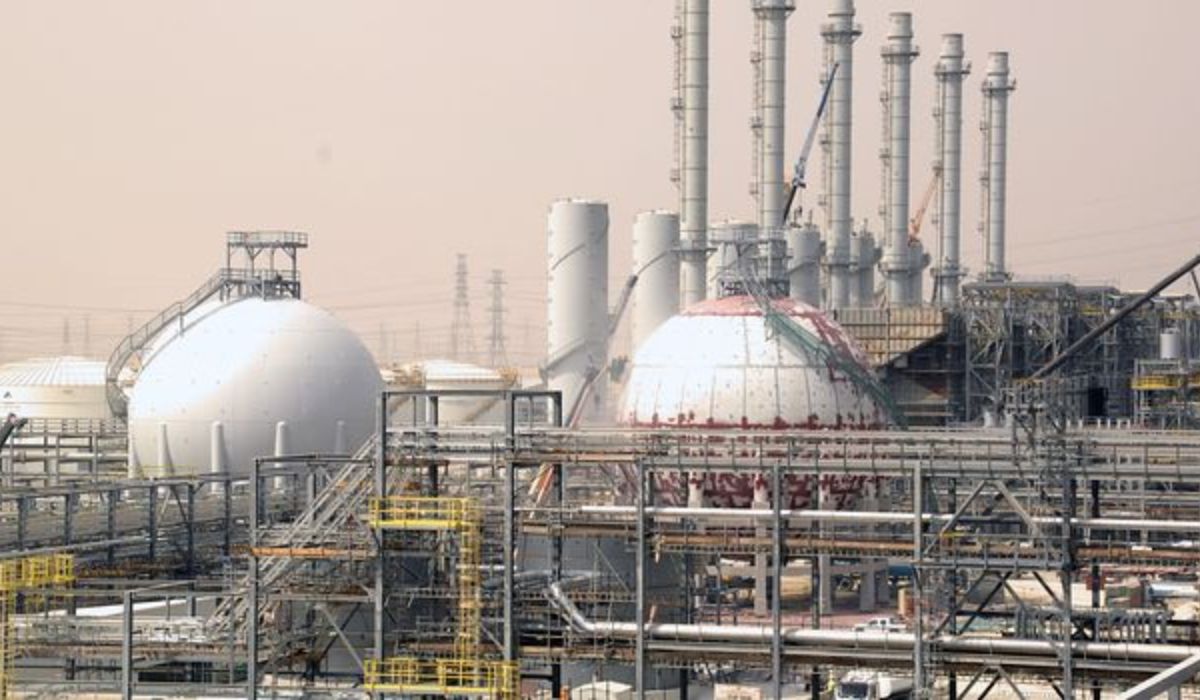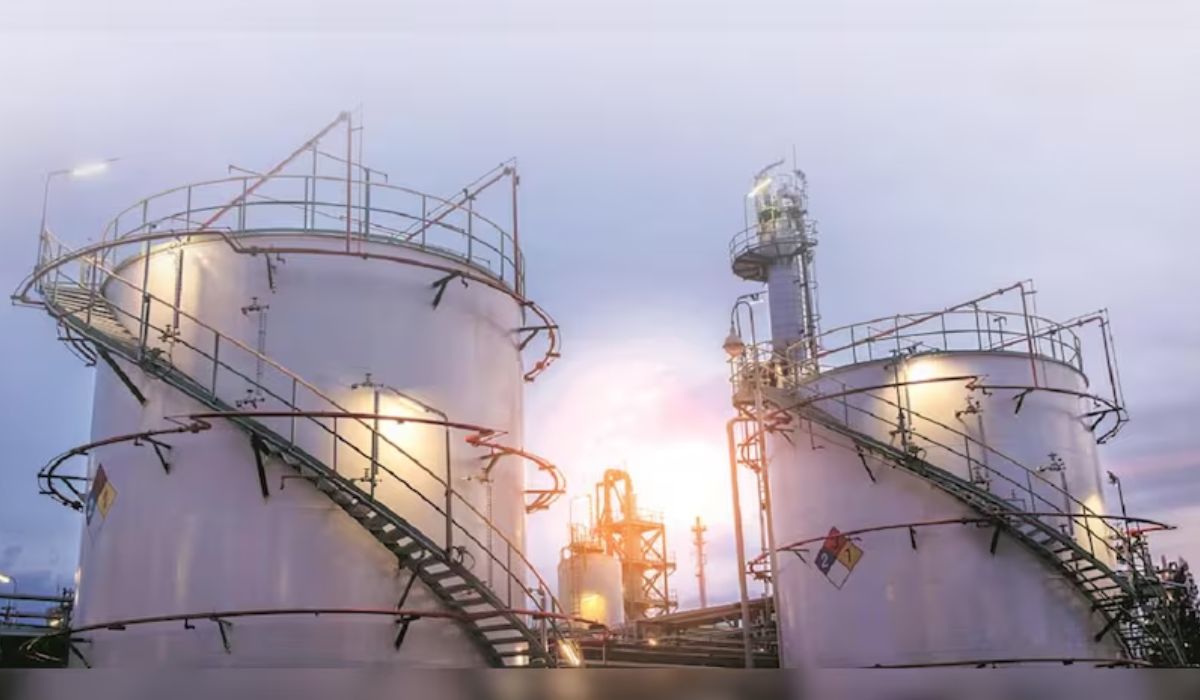Oil Markets Recover Following OPEC+ Production Increase

Oil prices staged a recovery in global markets after experiencing a significant decline prompted by the recent OPEC+ announcement to boost production volumes amid ongoing oversupply concerns.
Market participants evaluated the balance between increased supply and demand forecasts, with expectations that Chinese consumption will strengthen while uncertainties in American markets may diminish. Brent crude futures gained approximately 1.94%, reaching $61.42 per barrel.
Similarly, the American benchmark West Texas Intermediate (WTI) increased by about 2.01% to $58.15 per barrel, recovering from $57 in the previous trading session.
The price rebound occurred as investors took profits after crude hit its lowest valuation since February 2021 on Monday, following the decision by eight OPEC+ members to expand production. Saudi Arabia, Russia, Iraq, the UAE, Kuwait, Kazakhstan, Algeria, and Oman collectively announced on Saturday their intention to increase oil output in June by 411,000 barrels per day compared to May volumes, gradually reversing their voluntary production cuts.
Industry observers note that Saudi Arabia and Russia will lead this production increase, potentially signaling a substantial expansion of global oil availability in the coming months. Beyond opportunistic purchasing by investors, anticipation surrounding the upcoming U.S. Federal Reserve policy announcement has also contributed to upward price movement.
While market consensus suggests the Fed will maintain current interest rates, pricing indicators reflect a 72% probability of a rate reduction in July—an outcome that could potentially weaken the dollar, enhance oil demand, and support higher crude prices.
However, worries that President Donald Trump’s protectionist trade policies might impede global economic growth and reduce oil consumption are limiting further price gains. On Sunday, Trump advocated for a 100% tariff on all films produced outside the United States.
‘WE WANT MOVIES MADE IN AMERICA, AGAIN!’ the president posted on social media. It confused many in Hollywood, which has lost plenty of film and television production to other states, such as Louisiana and Texas, and nations that offer greater tax credits and cheaper labor.
Financial analysts have pointed out that despite the postponement of tariff increases nearly a month ago, meaningful progress on trade agreements remains elusive, creating persistent uncertainty that affects companies’ long-term supply chain and trade planning.
The eight OPEC+ countries—Saudi Arabia, Russia, Iraq, the UAE, Kuwait, Kazakhstan, Algeria, and Oman—will increase petroleum production by 411,000 barrels per day in June relative to May levels, implementing a planned gradual unwinding of voluntary output reductions, according to the group’s announcement following their virtual meeting on Saturday.
OPEC emphasized that current low inventory levels continue to indicate healthy market fundamentals, supporting their gradual reduction of voluntary supply constraints. The June increase represents part of a phased reintroduction of 2.2 million barrels per day in voluntary cuts, initially outlined in their December 5, 2024 decision. The 411,000 barrels per day adjustment represents the combined total of three monthly increments.
The organization noted that production increase pacing could be adjusted or reversed depending on market conditions. Their next scheduled meeting on June 1 will determine July production levels.
On April 3, the consortium confirmed plans to begin easing voluntary production cuts starting in May with a 411,000 barrels per day increase. This decision, combined with U.S. trade tariff announcements, drove oil prices below $60 per barrel, reaching their lowest level in four years.




